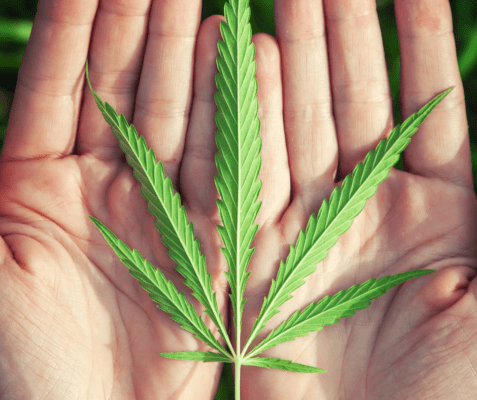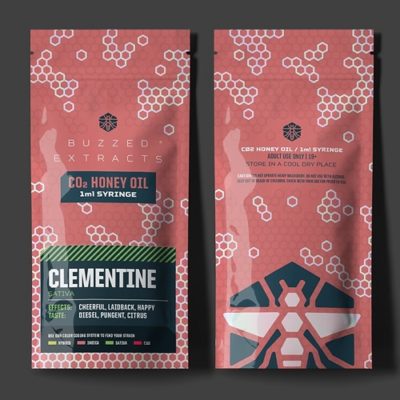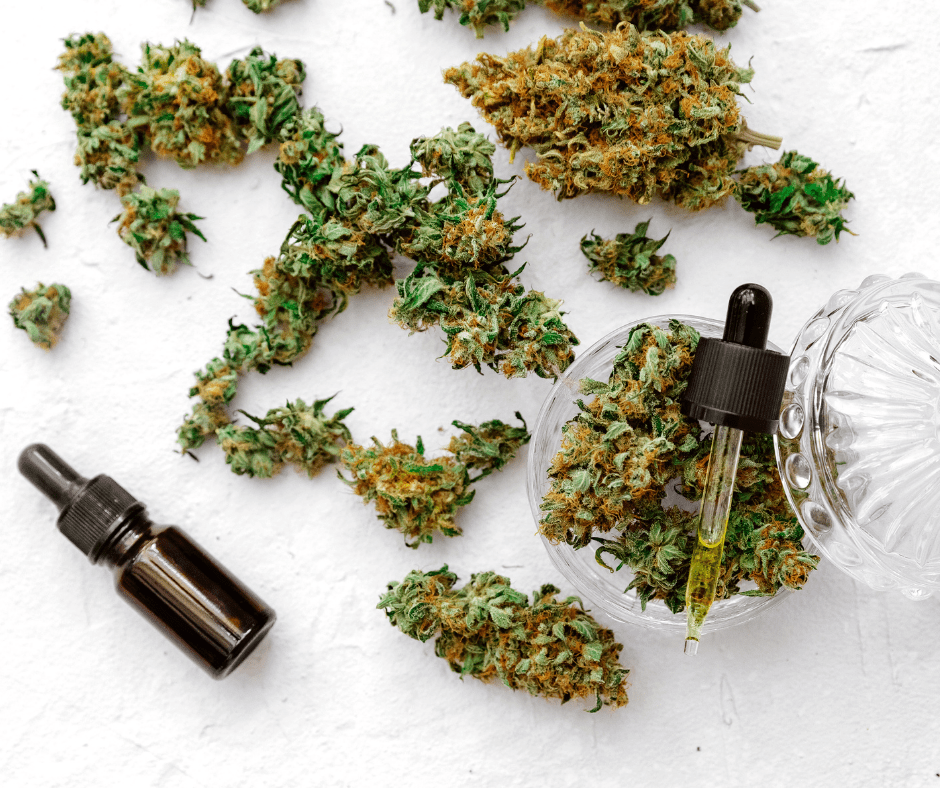Mom Dispensary
Honey Oil – the Sweet Smell of Success from Canada
Canada has long been known for its unrivaled technical know-how and attention to manufacturing quality, in many industries. Harnessing this expertise the last few years, we’ve now become a leader in the development and commercialization of the myriad cannabis derived products on the market. One of the all-time favourites is Honey Oil, the colloquialism for hash oil. It gets the nickname from the fact that it looks quite a bit like honey – amber in colour, soft in texture.
It comes in two forms, generally speaking: Shatter and Wax. They are molecularly different in structure, but they are essentially the same thing. Most importantly, they share the attribute that makes honey oil so useful and well-liked – the concentration of THC in them.
Concentration
 Really good cannabis smoked in a joint may contain 20+% THC – considered a strong concentration, and plenty to get you where you want to be going. By contrast, honey oil contains a concentration of up to 80% THC. This is a result of the extraction process, which gets rid of most of the rest of what makes up the cannabis plant. So you can see the possibilities for honey oil’s applications, based on its high THC content alone.
Really good cannabis smoked in a joint may contain 20+% THC – considered a strong concentration, and plenty to get you where you want to be going. By contrast, honey oil contains a concentration of up to 80% THC. This is a result of the extraction process, which gets rid of most of the rest of what makes up the cannabis plant. So you can see the possibilities for honey oil’s applications, based on its high THC content alone.
The most common process by which honey oil is arrived at is called solvent extraction. There are different methods, but essentially they arrive at the same end. The solvent strips away most of the non-required content of the original marijuana plant. When the solvent itself is removed, the result is the golden honey oil extract. It is not recommended that the DIYer attempt this type of process.
Canada has become a leader at this because of the expertise and quality control we have in place in our manufacturing sector. Making a quality product requires these types of controls. What you want is the purest, safest, best possible outcome for your honey oil experience. Stick with the pros. Another important distinction to note is the method of extraction. Among the best and most sophisticated is the CO2 extraction process, which is used by, among other producers, Buzzed Extracts. This specific process yields a higher level of concentration than others out there.
It is because of this infrastructure we have in place that allows for the development and expansion of honey oil products across the cannabis marketplace. Just look, for example at the selection you get with the Buzzed Extracts lineup. A quick peek at their list shows the extensive array of strains available. Among the most popular of their honey oil offering is their syringe packaging. There are at least 28 strains to choose from (from Watermelon Zittles to Banana OG), each offering a distinctive experience. They also offer vape cartridges in a similar range of varieties.
Speaking of quality controls – it’s good to take a look at some of the fine print when considering these products. You’ll see that with a typical Buzzed Extracts syringe product, for example, an outline of what you get, and importantly, what you don’t get:
- 1ml (1.1g) Co2 Honey Oil in Glass Measured Syringe
- Pure Co2 Extracted Cannabis Honey Oil
- Natural Cannabis Terpenes
- Blended with 2-4% True Terpenes
- Does NOT contain Vitamin E, Polyethylene Glycol, Propylene Glycol, MCT or any other fillers.
- 78% THC, 2% CBD, 0% CBN
- Lab Tested
- FREE Needle Applicator included in every package
This is why we say your honey oil purchase should always be through a reputable source. With the Buzzed Extracts product line, for example, you are assured of the strict attention to quality and reliability. After all, it is this kind of consistency you should be looking for at all times, no matter what cannabis derivative you’re interested in. Your dispensary or MoM supplier is always a wealth of knowledge in this regard too. Don’t be shy about contacting them and asking questions. The best type of customer is always an informed one.
Glossary
We’ve bandied about a few terms and jargon pertaining to this topic; here is a quick summary of them and a few more, when you need to sound Honey Oil-smart around your friends:
 Concentrate – this is your Honey Oil; it is concentrated from all the materials within the original cannabis plant.
Concentrate – this is your Honey Oil; it is concentrated from all the materials within the original cannabis plant.
Shatter – a hash oil concentrate that looks quite a bit like rock candy; it starts off as a liquid during the concentration process and hardens to this form.
Wax – another form of hash oil concentrate that solidifies to a softer consistency, often compared to – wait for it – ear wax. Both Shatter and Wax are very commonly used in dabbing.
Between Shatter and Wax, the latter is easier to produce and easier to handle, given its soft consistency. On the other hand, it will also degrade faster. Shatter lasts a lot longer.
Butane extraction – this is the most common method of concentrating out the honey oil. Butane is the solvent used in the extraction process; it is “blasted” through the cannabis plant material. When the butane evaporates out, what’s left behind is your honey oil. This is not a DIY process. Butane is a highly flammable substance.
Ice water extraction – another method of getting the honey oil out of the cannabis plant material. It is a more complex and labour intensive process than solvent extraction with butane, for instance, but is said to be purer, due to the use of H20 versus any other type of solvent.
Dabbing – a dab is a single serving of cannabis in the form of honey oil concentrate, typically no bigger than your pinky fingernail. Dabbing is the process of vaporizing and inhaling the resultant fumes to get the desired effect from the TCH in the honey oil.
So, there you have it. Honey Oil is booming across this country, and because of our ability to produce a quality product, Canada is at the forefront of the surge of interest in it, across the continent and the globe. Whether for recreational or for medicinal use, it is becoming continuously better understood and respected. Moving forward, the availability and uses for this golden-honey coloured substance should continue to expand, for the benefit of users of all types.

